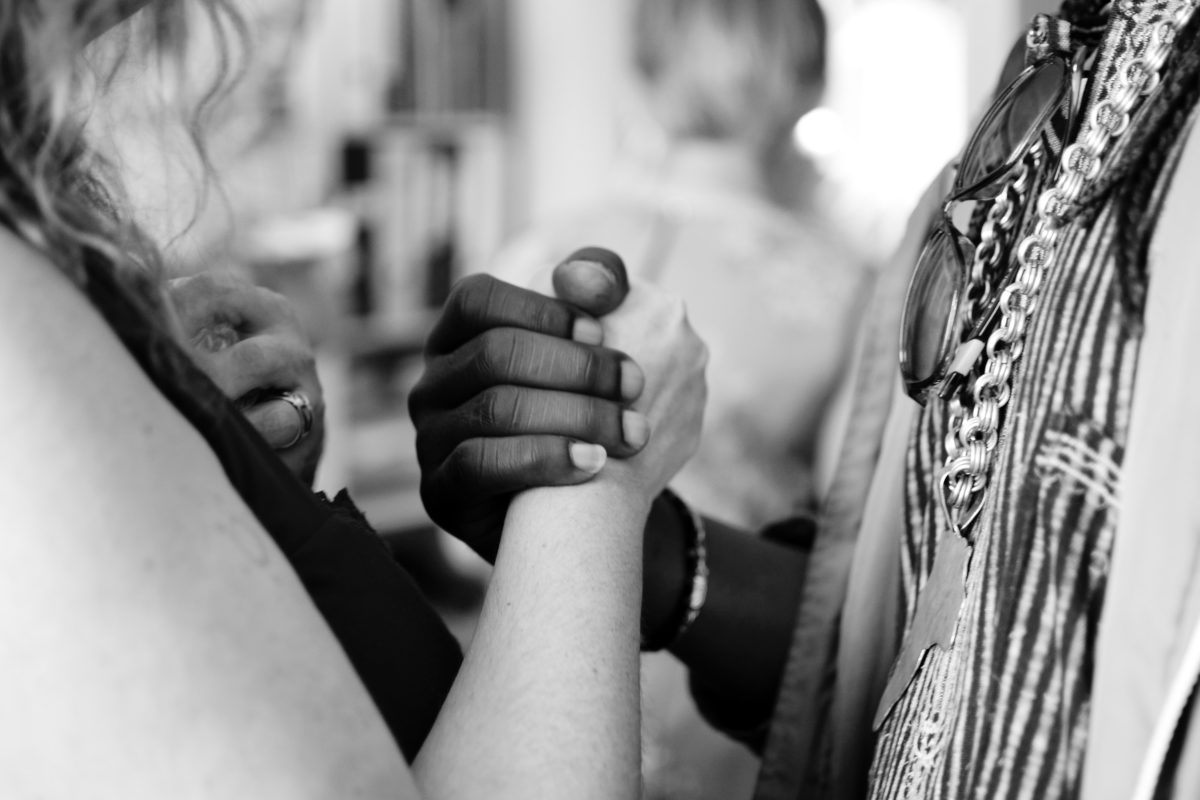Community communications go beyond blogs and social media shares, how does a PLN help and hinder the development of thoughts and ideas in public discourse – especially when addressing our differences?
A PLN does a great job at uniting people from across the world, from different backgrounds and cultures. This gives people the opportunity to easily connect with one another and engage in meaningful conversations and ways (Mooney, 2020). People are able to gain knowledge from different perspectives and learn about all the differences in the world (2020). On the other hand, a PLN can also hinder public discourse. People tend to be attracted to things that they are more likely to agree with, therefore when individuals are not open minded and fail to acknowledge and listen to others from different perspectives, they become stuck in this bubble of their own (2020). As a result, we are becoming encamped inside polarized groups that fit our preferences only and we then become blind to the opinions, ideas, perspectives, and views of others.
How can a PLN be curated to minimize bias and expand knowledge of the lives of others?
As Harrison Mooney said in this week’s video, curating is always a great way to reduce bias and expand your social network (Mooney, 2020). This can be easily done by adding voices that challenge you and suggest things you may have not thought about (2020). You can unfollow people that may not bring much value to you, as Harrison did with hockey players, and instead begin to follow people from more diverse backgrounds and cultures in order to begin understanding their side of life and the challenges they face (2020). In addition, applying ethics of visibility to social networks allows you to become more conscious of the way we make others visible and account of other people’s rights and opinions in order to learn and grow from them (Meikle, n.d., p. 92).
How does the identity of who you are, fit into your PLN?
Each individual person has their own identity and that’s what makes the world such a cool place. From my personal experience with my PLN, I enjoy showcasing the things I am passionate about and what I want to learn and give to others. Since my degree in Health Information Science is part of my identity, I lean more towards following people in that field in order to gain knowledge, ideas, and different opinions. Having your own identity helps you curate your PLN and find a pathway towards engaging with individuals that have similar interests and passions or even people you may not have anything in common about.
Do you include professional and personal boundaries?
Absolutely. On my PLN I strictly like to keep it for my professional career and endeavours as I am conscious that future employers may search for my name one day. I also try to keep this in mind when I am using my personal social media as I’m not the type of person to share everything online and therefore I try to keep it more private.
References:
Mooney, H. (2020, November 8). EDCI 338 A01 – Harrison Mooney. EDCI_338 YouTube. Retrieved from EDCI 338 A01 – HARRISON MOONEY
Meikle, G. (n.d.). Social Media Communication, Sharing and Visibility | Chapter 4 Convergence and the Limits of Citizen Journalism. Retrieved from https://www.taylorfrancis.com/books/9781315884172/chapters/10.4324/9781315884172-10

vinceyue says:
Good job! I agree with your point that people tend to talk with the groups that have same point of view with them and ignore the different point of view. For me, listening different ideas or perspectives is important because I can learn from them and improve myself.
November 14, 2020 — 3:25 pm
jixuansun0831 says:
Nice post! I absolutely agree with you. There must be a boundary between professional and personal. We will really face future employers searching for our names, and we must be cautious when choosing to share content. It is best to separate personal accounts from professional accounts. Thanks for sharing!
November 16, 2020 — 12:20 am